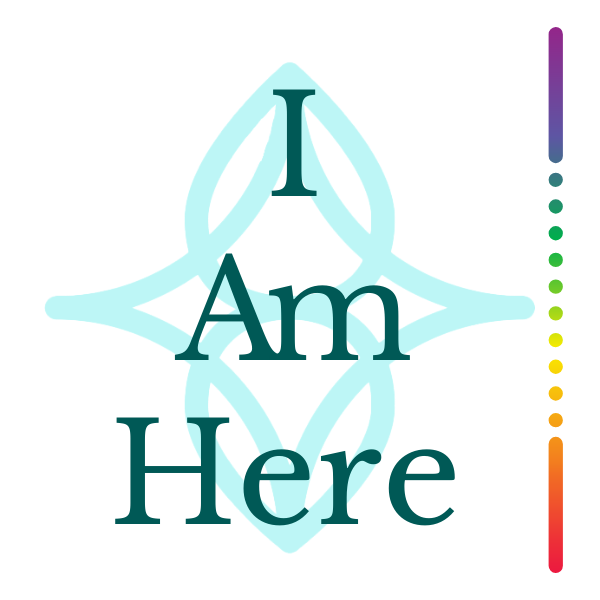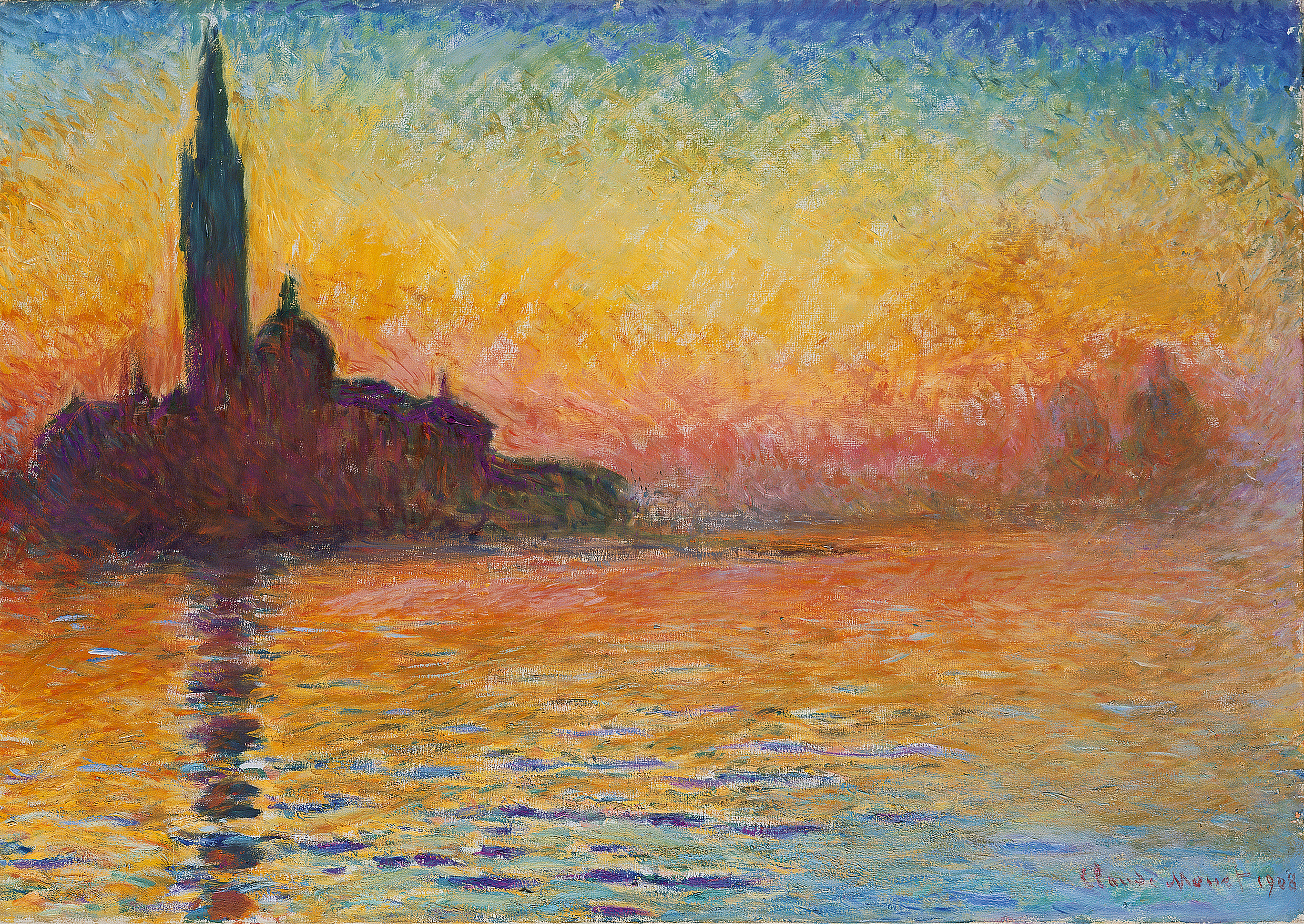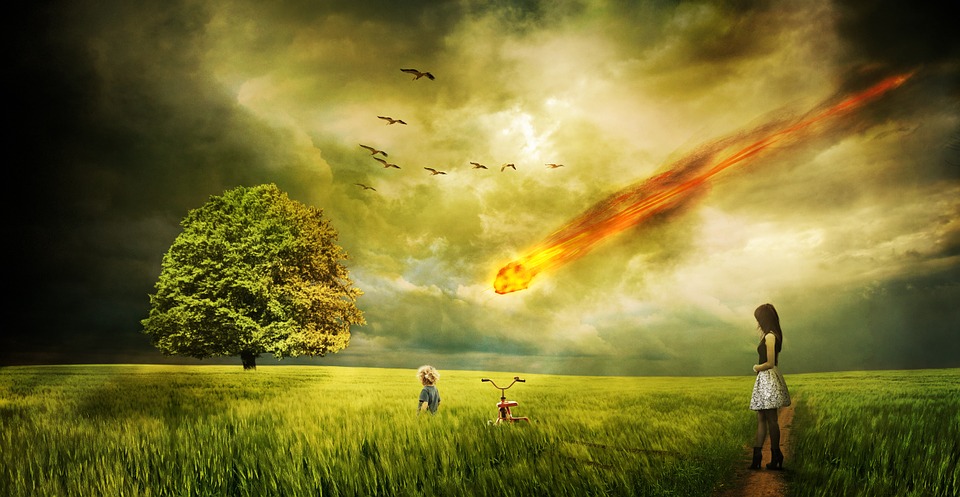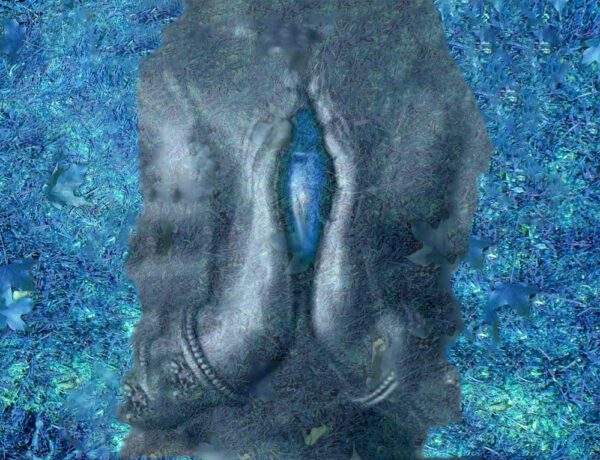Between the inherited and conditioned structures of personality and the qualities of our essential Being, there is a rift of emptiness. This traumatic rift is sometimes referred to as the Dark Night of the Soul, or the Valley of the Shadow of Death. It can feel horrific, yet beneath that, it is a region of pure emptiness, alive with all resources. In the words of Joseph Campbell, “The dark night of the soul comes just before revelation.”
However, it is also the dimension of the most denied aspects of our psyche. It harbors the overdraft of our illusion of negation. When we throw stuff, memories, situations or emotions “away”, this is the “away” we are throwing them into. Jung has described this space as the unconscious (prior to the experience of Opus Mundi or One World), where the shadows of the psyche lurk, seeking energetic reunion with the whole through their reintegration into conscious awareness. It is the dimension of trauma (separated parts of ourselves) that demands integration. It is the rift in which we can meet our own worst nightmares – and liberate them into freedom. Yet there can be tremendous resistance to going beneath the layer of personality. “People will do anything,” writes Carl Jung, “no matter how absurd, to avoid facing their own souls.”
Because of the threats anticipated in the ‘Dark Night”, rings of existential states shield us off from this realm. These core states are also inherited and tend to be carried collectively in the atmospheres of a family, home or nation. These states include states of boredom – that drive us away from direct experience to seek egoic distraction in the ‘outer’ world; states of “nothing” – not an empty nothing, but a thick, resistant, nothing of energetic denial; states of depression (which can become chronic, as pressure to integrate the whole increases) and states of negativity (life is poison). Many beliefs giving form to the personality are crafted by these states that shield us from the experience of a deeper falling into the expected and dreaded horrors of the unknown (unconscious) regions of the Dark Night. When the states fail, or are threatened, anxiety or panic can come forward.
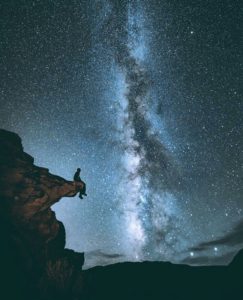
The Dark Night is where we fall with our consciousness when personality (or part of personality) breaks down. It is rarely absolute in its hold on our experience, but it can become a regular experiential encounter, bringing still more dread to daily living. It is like an ocean under an infinite sky. But rather than the beauty of the night sky, with its stars, moon and glorious subtle effects, we are surrounded by a dense mist. The mist will be characterized by a most denied part of an energetic contraction, such as betrayal, abandonment, grief, negativity or abuse. These atmospheres become the sky of experience and we breath them in and out as if they were the fundamental quality of consciousness itself. The denied parts of experience become like gods in this foggy wilderness, and the suffering can seem uncontainable.
Part of the experience of the Dark Night is literally like bleeding out. Just as if we were to lose a limb of the body and have an open wound, the pain of broken personhood flows through and out of us as if endlessly. Physical posture and gate will often reflect this energetic phenomenon of bleeding to death. Yet the bleeding at a certain stage, when allowed, will stop, possibly leaving a stillness and calm that is beyond the conditions formally laid down by the stress structures of personality. Compassion, mercy, and grace are all needed through this period of intense suffering, as well as the assurance that it will pass. Attempts to get rid of the pain simply delay it to later, and in this, a deep responsibility can be with the therapist to escort the pain rather than encouraging denial or distraction from it. We need to support our client in “Enduring the unendurable,” as spiritual psychologist Bart ten Berge says. The part of the frozen personality that has died needed to die. We would do well to honour and perhaps even grieve its passing.
As Ram Dass writes:
“The dark night of the soul is when you have lost the flavor of life but have not yet gained the fullness of divinity. So it is that we must weather that dark time, the period of transformation when what is familiar has been taken away and the new richness is not yet ours.”
Ram dass
Navigation through the dark night can be tremendously supported by attitudes that represent beacons of light: including gratitude, humility, service, and compassion. It can be noticed that all these attitudes help infiltrate through the energetic substance of division that encases the belief in a separate self. Gratitude spreads a feeling of loving acknowledgment outwards, beyond the individual. Humility surrenders whatever the individual might suppose itself to be towards a greater whole. Service offers the individual form to work for the greater whole. Compassion acknowledges the co-dependence of all individuals within the greater whole, and that suffering is not an exclusive, private business. These spiritual ethics, adopted sincerely, help light the way between the inner core of freedom and the suffering atmospheres of personality and vice versa in periods of existential despair and angst. They invite resources from the universal, benevolent emptiness which suffuses the dimension of the Dark Night experience. These key qualities open our receptivity towards the unlimited qualities of our true nature.
“In the dark night of the soul, bright flows the river of God.”
St. John of the cross
A prevalent characteristic of the Dark Night is the denial of the Nondual Quality of Helplessness. We are born helpless, we die helpless, and in the space between, core helplessness thinly disguised by the illusion of control underlies all experience. Denial of our inherent helplessness isolates us from all universal resources and the support of others. It freezes our receptivity, meaning that it is painful to receive love, support, care, and nurture. Without helplessness, we are unable to call for help, and without that resonant call, our wider universe is unable to respond. Allowance of our inherent helplessness means we begin to unfold the contracted state, revealing the chorus of need in its precise configuration to the infinite resource of all we are. Whether through prayer or reaching out to our fellow humans, the admission of helplessness is the initiator of decompression that will clear the universal skies of the smog that has been obscuring the stars. Again, the moment we admit our inherent helplessness, we are already asking energetically for help. The tired, old barrier of the separate self is crumbling.
“Out of our love for another person, we become more willing to let our old identities wither and fall away, and enter a dark night of the soul, so that we may stand naked once more in the presence of the great mystery that lies at the core of our being. This is how love ripens us -by warming us from within, inspiring us to break out of our shell, and lighting our way through the dark passage to new birth.”
John Welwood
Click here for more articles on Nondual Therapy on the I AM HERE website.
“Being human is a complicated gig. So give that ol’ dark night of the soul a hug. Howl the eternal yes!”
Friedrich Nietzsche
